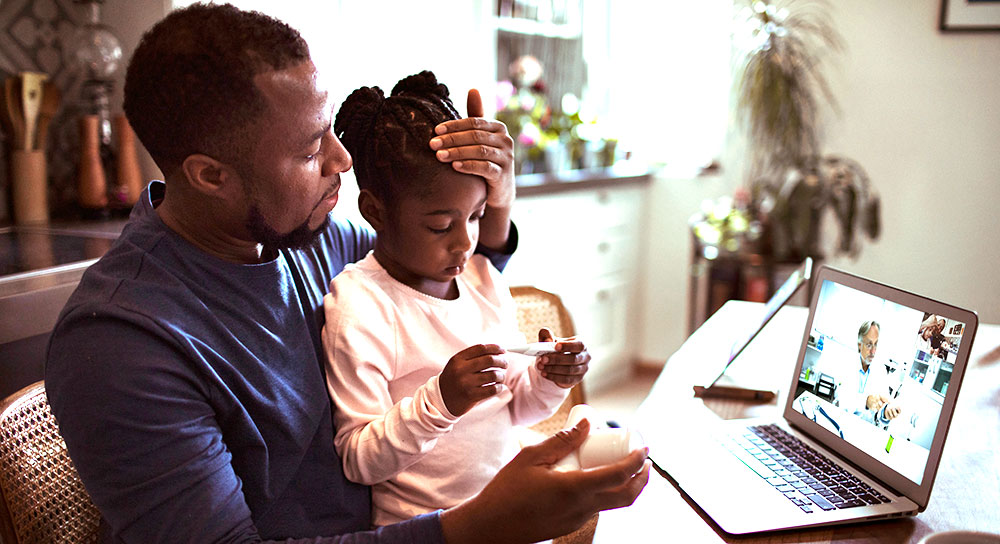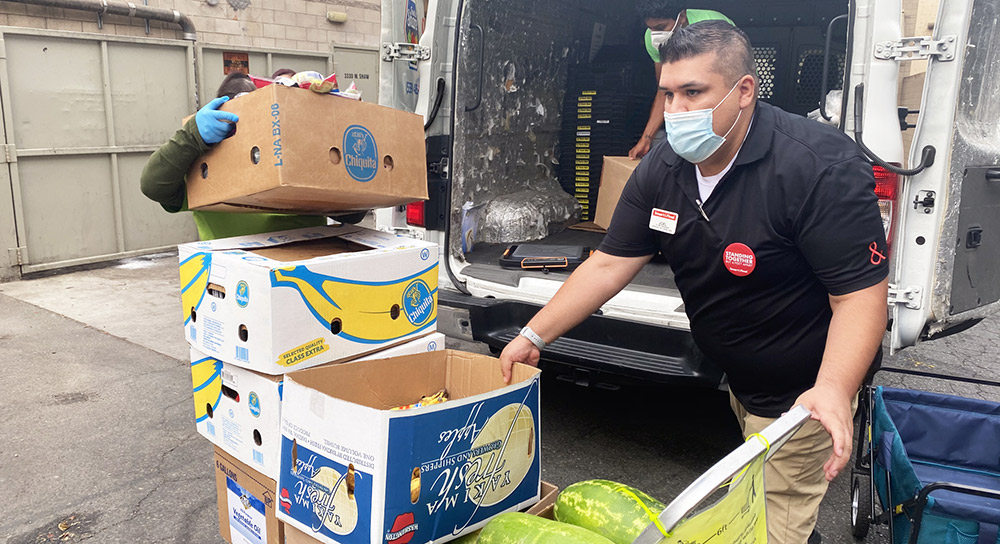Contrary to popular belief, traumatic brain injuries are not just sustained from direct blows to the head. TBIs can be occur from any injury to the body – with or without loss of consciousness – that causes some sort of physical, emotional, or cognitive symptom from the injury.
Speech Language Pathologist for Community Medical Centers, Brenna Hughes, said that, “traumatic brain injuries often go unnoticed and are hard to detect.” However, by monitoring children when they are involved in high-risk activities and knowing how to identify possible symptoms, you can reduce the severity of a possible TBI.
To increase awareness and reduce the severity of cases, here are some signs to look out for and five tips for preventing traumatic brain injuries in children.
Signs of traumatic brain injuries
Physical signs
-
Loss of consciousness
-
Headache
-
Dizziness
-
Nausea
-
Vomiting
-
Sensitivity to light
Cognitive signs
-
Confusion
-
Disorientation
-
Sleep issues
-
Memory problems
-
Anxiety or depression – especially if it’s uncharacteristic or new
5 tips to prevent TBI in children
-
For young children, use a proper child safety seat that’s fit for your child’s age, weight, and height. And make sure it’s installed properly in your car.
-
Make sure your child wears a helmet during high-risk activities such as riding electric scooters, skateboarding, snow skiing, and sports like baseball and football.
-
If you have stairs in your home, install a rail or use a gate to keep small children from accidently falling down.
-
When taking your kids to playgrounds, try to find ones with a shock-absorbing base such as rubber mulch or bark.
-
Keep a close eye on your child when around trampolines. Only let them use trampolines with a safety net around them.
If you do suspect that your child has a traumatic brain injury, remove them from the activity immediately and contact your primary physician.






